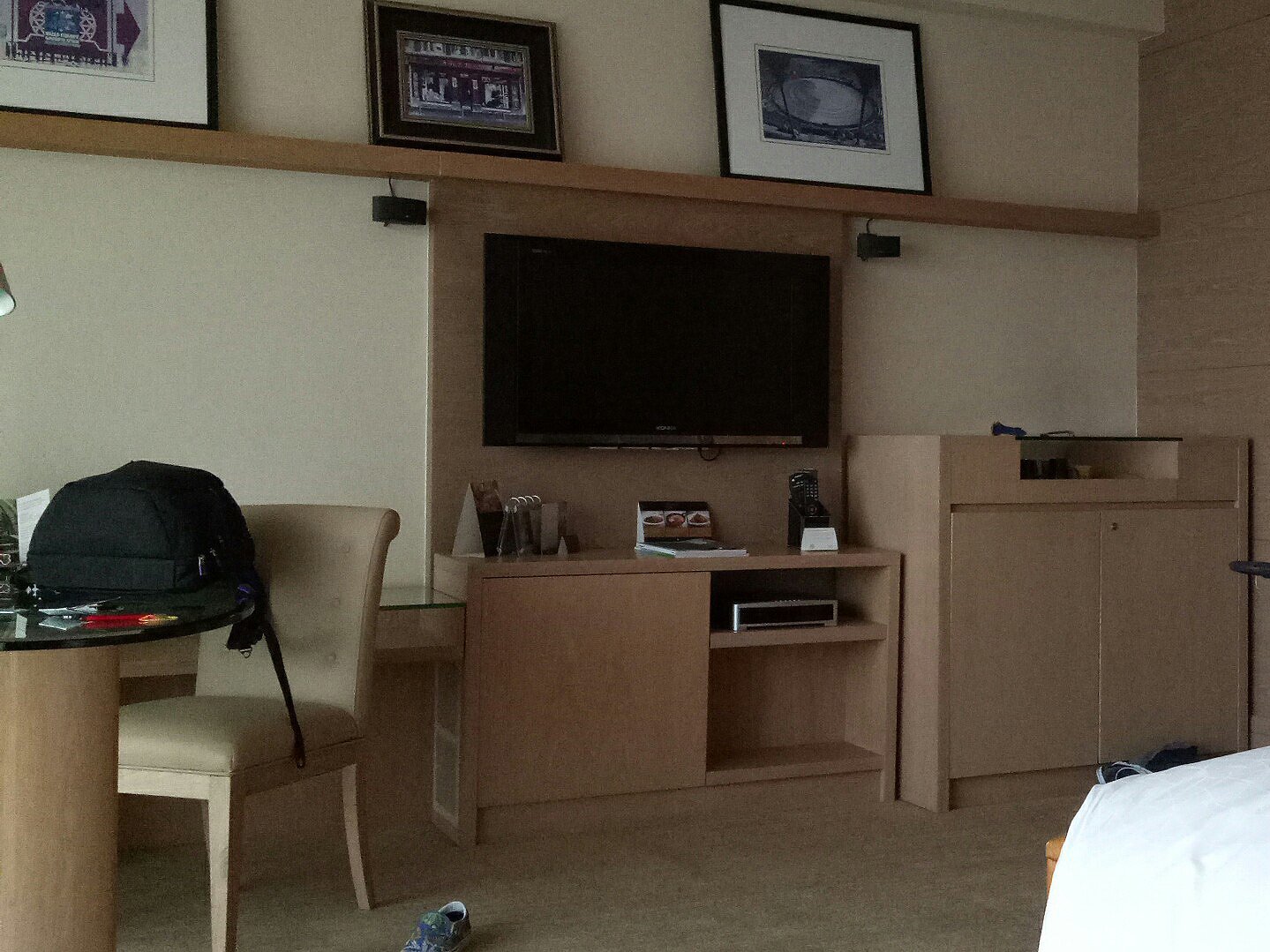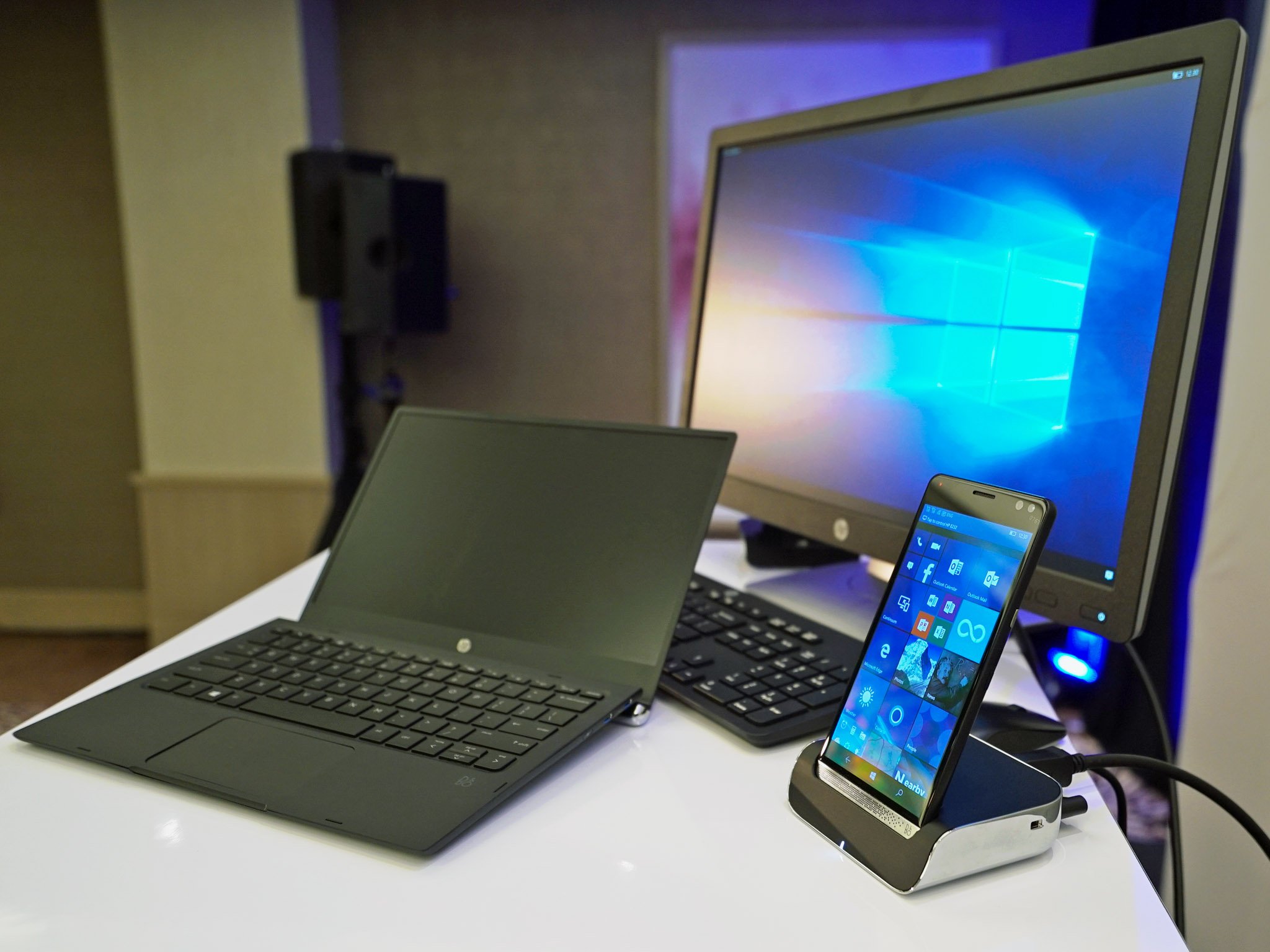Travelling with Continuum: When the stars (and ports) don't align
In a previous post I'd talked about how easy it was setting up Continuum in a hotel room.

It was all part of an experiment, with a trip to Asia providing a great chance to see how far I could get with Continuum on my Lumia 950 XL. But while setting up in Hong Kong was (mostly) a breeze, as I moved on over the border to another hotel I encountered the polar opposite.
And with it is highlighted why you probably can't rely on just your phone if you're frequenting a hotel.
It's all about the ports.
In a past life I travelled up and down the UK spending at least three nights of many weeks in a hotel. In my bag I'd have a company BlackBerry, a Lenovo Thinkpad and a VPN token to connect the laptop to the internal company networks over public Wi-Fi.
It was when Continuum was first announced that I flashed back to these days, thinking how amazing it would have been to go on the road with just a phone and a small dock, connecting to hotel TVs and on-site PC monitors to get my work done. It doesn't matter how you spin it: triaging a large amount of email on a BlackBerry Curve and its tiny screen was painful. Really, really painful.

But after the ease of connecting up in one hotel, transferring to another on the same trip highlighted why such a dream will, for the most part, remain that. Because you just can't guarantee you'll be able to plug in to the TV in your room.
In my case it was just a simple fact of logistics. The TV was mounted to the wall and no ports were accessible. And I'm not in the business of removing large, flat screen TVs from Chinese hotel room walls.
Get the Windows Central Newsletter
All the latest news, reviews, and guides for Windows and Xbox diehards.
So it was pretty much a bust, and proof that to really use Continuum when you travel you're going to need something else, something you can rely on. And we've got three examples hitting the market soon.
I'm referring to a laptop dock, a dumb terminal that's basically a large screen powered by your phone, with an extra battery for longer uptime. The Nexdock is one such example we've seen recently, and with its Indiegogo campaign now funded we'll start seeing it ship in June. Just plug in the phone and get that large-screen Windows 10 experience. And especially in the case of the Nexdock, price is on its side. It's not the most impressive piece of hardware, but it's cheap.

HP and Acer are both also releasing their own respective products with the Elite X3 and Jade Primo. Part of a complete ecosystem of Continuum accessories, you'll again be able to use your phone to power a laptop-like experience. And as Continuum grows over time it'll become a more viable solution over carrying a high-end phone and separate laptop.
The ultimate question, and one that will be answered differently depending on your circumstance, is still why you'd go this route over carrying a phone and a laptop. Price is one of the key factors, but it'll perhaps become more intriguing as the platform continues to develop.
But these hardware add-ons are almost certainly necessary to successfully travel with Continuum on your Windows 10 phone.

Richard Devine is a Managing Editor at Windows Central with over a decade of experience. A former Project Manager and long-term tech addict, he joined Mobile Nations in 2011 and has been found on Android Central and iMore as well as Windows Central. Currently, you'll find him steering the site's coverage of all manner of PC hardware and reviews. Find him on Mastodon at mstdn.social/@richdevine
